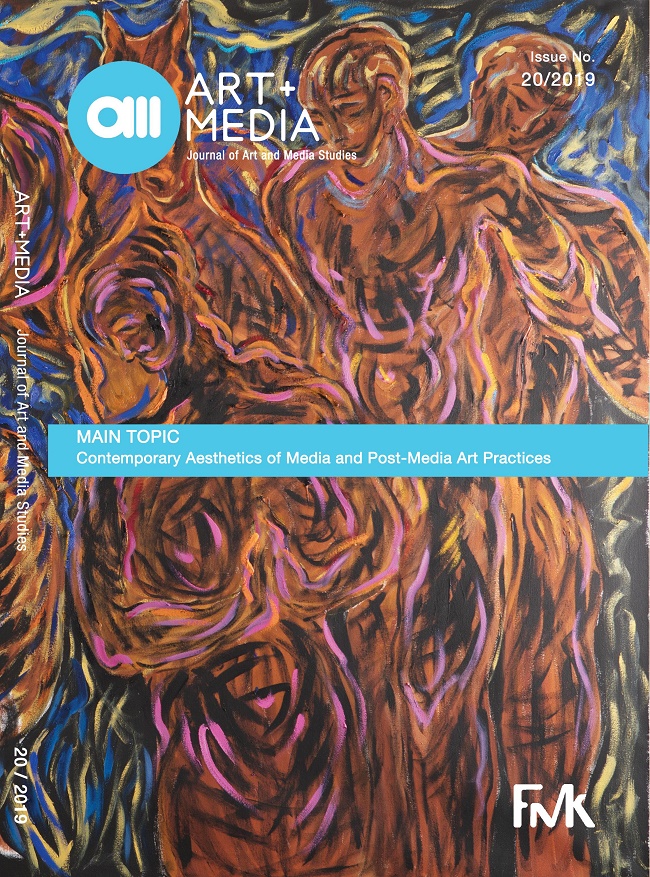Monetary Symbolism: Art as a Deposit of Value
Monetary Symbolism: Art as a Deposit of Value
Author(s): Violeta Vojvodić BalažSubject(s): Politics / Political Sciences, Social Sciences, Aesthetics
Published by: Fakultet za medije i komunikacije - Univerzitet Singidunum
Keywords: money; value; the law of scarcity; art research; financial aesthetics
Summary/Abstract: MONEY – a unit of account, a deposit of value, and a medium of exchange – formally evolved from grain, precious metal, cheap paper, to state-of-the-art digital accounting records managed by artificial intelligence. Although the economists of the 19th century believed in its neutrality, money is an ambiguous socio-economic phenomenon which serves as a political tool and a measure of value even if its own value is volatile. The stamp of authority marked the symbolization of money as a cultural artifact: the character of a ruler, a symbol, or an inscription on the coin came to be a signifier of value. Accordingly, the financial system raised artistic concerns when money began to be an abstraction, i.e., a symbolic paper which acquires legitimacy via social consensus and constructs its value on the underlying commodity or the performances of the economic system. Starting from the similarities between Artistic and Monetary simulacrum and the fact that artwork functions as a deposit of cultural and financial value, this paper will discuss the artistic use of monetary symbolism from the early examples of satirical prints in The Great Mirror of Folly (1720) triggered by the speculation with one of the first European official paper currencies, to Duchamp’s art experiments with the securities and contemporary art research practice based on financial aesthetics.
Journal: AM Časopis za studije umetnosti i medija
- Issue Year: 2019
- Issue No: 20
- Page Range: 137-147
- Page Count: 11
- Language: English

